Aim:
To find the weight of a given body (Wooden Block) using parallelogram law of vectors.
Apparatus:
- Parallelogram Apparatus (Gravesand’s Apparatus)
- Two Slotted Weights With Hanger
- Wooden Block With Hook
- Spring Balance
- Mirror Strip
- Cotton Thread (roll)
- Drawing Pin
Theory :
In Fig. 5.1 we see the Gravesand’s apparatus or Parallelogram apparatus. It consists of a wooden board A fixed vertically on two pillars. There are two pulleys P and Q fitted at the same level at the top of the board. Three set of slotted weights are supplied with the apparatus which can be used to verify the parallelogram law of vectors. A thread carrying hangers for addition of slotted weights is made to pass over the pulleys so that two forces P and Q can be applied by adding weights in the hangers. By suspending the given object, whose weight is to be determined, in the middle of the thread, a third force W is applied.
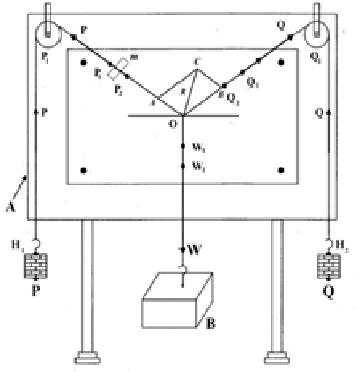
Fig 5.1
If two vectors acting simultaneously on a particle are represented in magnitude and direction by the two adjacent sides of a parallelogram drawn from a point, then their resultant is completely represented in magnitude and direction by the diagonal of that parallelogram drawn from that point.
Let two vectors (P) ⃗ and (Q) ⃗ act simultaneously on a particle O at an angle θ as shown in figure 5.2. They are represented in magnitude and direction by the adjacent sides OA and OB of a parallelogram OACB drawn from a point O. Then the diagonal OC, will represent the resultant R in magnitude and direction. Mathematically we can say,
(R) ⃗= (P) ⃗ + (Q) ⃗

If a body of unknown weight W is suspended from the middle hanger and balancing weights P and Q are suspended from other two hangers then, (R) ⃗ and the three vectors (P) ⃗,(Q) ⃗ ,(W) ⃗ are in equilibrium. Under equilibrium |W| ⃗= |R| ⃗. Weight of a body is a force.
Hence, |W| ⃗ = |P| ⃗+|Q| ⃗.
Equation 1
or, 
If S is the actual weight of the body, then the percentage error in the experiment can be calculated using
Equation 2

Procedure :
- Set the Gravesand’s apparatus with its board in vertical position with the help of plumb line.
- Ensure that the pulleys are moving smoothly. Oil them if necessary.
- Fix a drawing paper sheet on the board with the help of drawing pins.
- Take a long thread and tie two hangers H1 and H2 to the both ends of the thread.
- Tie the given body B, whose weight is to be found, with one end of another shorter thread.
- Tie the other end of the shorter thread in the middle of the longer thread to form a small knot, O. This knot becomes the junction of the three threads.
- Pass the longer threads over the two pulley P1 and P2 of the apparatus and place two equal slotted weights P and Q the hangers H1 and H2 .
- The body B is made to hang vertically with the knot O somewhere in the drawing paper.
- Adjust the weights P and Q to keep the knot O at a position slightly below the middle of the paper. This is the equilibrium position of O. Ensure that all the weights hang freely and do not touch the board.
- Mark the position of junction O on the white paper by a pencil.
- Ensure that there is no friction at the two pulleys P1 and P2. For that purpose, disturb the positions of P and Q a little and leave them. The knot should go back to its initial equilibrium position, If it does not, oil the pulleys to remove friction.
- Mark the position of the equilibrium of the knot (O) by a dot of a pencil on the paper sheet.
- Take the thin mirror strip m and place it breadthwise on the paper under one of the threads. See the image of the thread in the mirror. Adjust your line of sight such that it is at right angle to strip and the thread. At this point cannot see the image of the thread (meaning, parallax is removed). Mark two points P1 and P2 on the paper, on either side of the strip exactly behind the thread.
- Similarly, mark two points Q1, Q2 and W1, W2 for the other two threads.
- Remove the threads and hangers from the apparatus and note the weights of the two hanger H1 and H2 along with the slotted weights in table 5.1. Let these two weights be P and Q.
- Remove the paper from the board and join P1 and P2, Q1, Q2 are W1, W2 with the help of ruler to get three lines which should meet O. These three lines represent the directions of three forces.
- To represent the vector, chose a suitable scale, say 10 gm (0.1N) = 1 cm.
- Cut the lines OA and OB to represent the forces and respectively. For example, if P = 60 gm and Q = 60 gm, then OA = 6 cm and OB = 6 cm.
- With OA and OB as adjacent sides, complete the parallelogram OACB as shown in fig 5.2.
- Join O and C. The length OC represents the resultant vector which corresponds to the unknown weight W.
- Measure OC (l) and multiply it by the scale (10 g) to get the value of R.
- Measure the angle () using a protractor and calculate W using equation (i).
- Repeat the experiment with fresh paper and using different weights (un-equal) P and Q in the hangers.
- Find the calculated value of weight R.
- Measure the actual weight (S) of the unknown weight (W) by the spring balance and calculate the percentage error using equation (ii).
Observation:
Least count of spring balance, L.C. = _______________ gm
Weight of B by spring balance, S = ________________gm
Scale factor: Let ______ cm = ___________gm
Table 5.1 Measurement of weight of given body

Calculations:
Result:
For equal weights
Weight of unknown body by observation, W: ……………………….
Weight of unknown body by calculation, W‘: ……………………….
For un-equal weights
Weight of unknown body by observation, W: ……………………….
Weight of unknown body by observation, W‘: ……………………….
Precautions :
- The pulleys should be frictionless.
- The boards should be stable and vertical.
- The hangers should not touch the board.
- There should be one central knot and it should be small.
- When the lines of action of the forces are marked, the hangers should at rest.
- The scale should be so chosen that a fairly large parallelogram is obtained.
- Threads should be strong and thin, so that they may be regarded as massless.
Reference:
- http://www.ncert.nic.in/
- https://www.learncbse.in/
You may check out our blog on BEAM BALANCE
About Labkafe: Lab Equipment Manufacturer & Exporter
We are a School laboratory furniture and Lab equipment manufacturer and supplier. In laboratory furniture for school, we first design the entire laboratory room keeping in mind the requirements as per affiliation CBSE Bye-Laws. Also, we take care of the complete designing and installation of laboratory furniture.
In the lab equipment section, we have a wide range of glassware, chemicals, equipment and other lab accessories. Most of them are available for order online on our website but some of them can be procured on demand.
If you have need:-
- laboratory equipment or lab furniture requirements for school
- composite lab equipment list for school
- Physics lab equipment list for school
- Chemistry lab equipment list for
- Biology lab equipment list for school
- Pharmacy lab equipment
do drop a message through chat or mail us at [email protected] or whatsapp +919147163562 and we’ll get in touch with you.
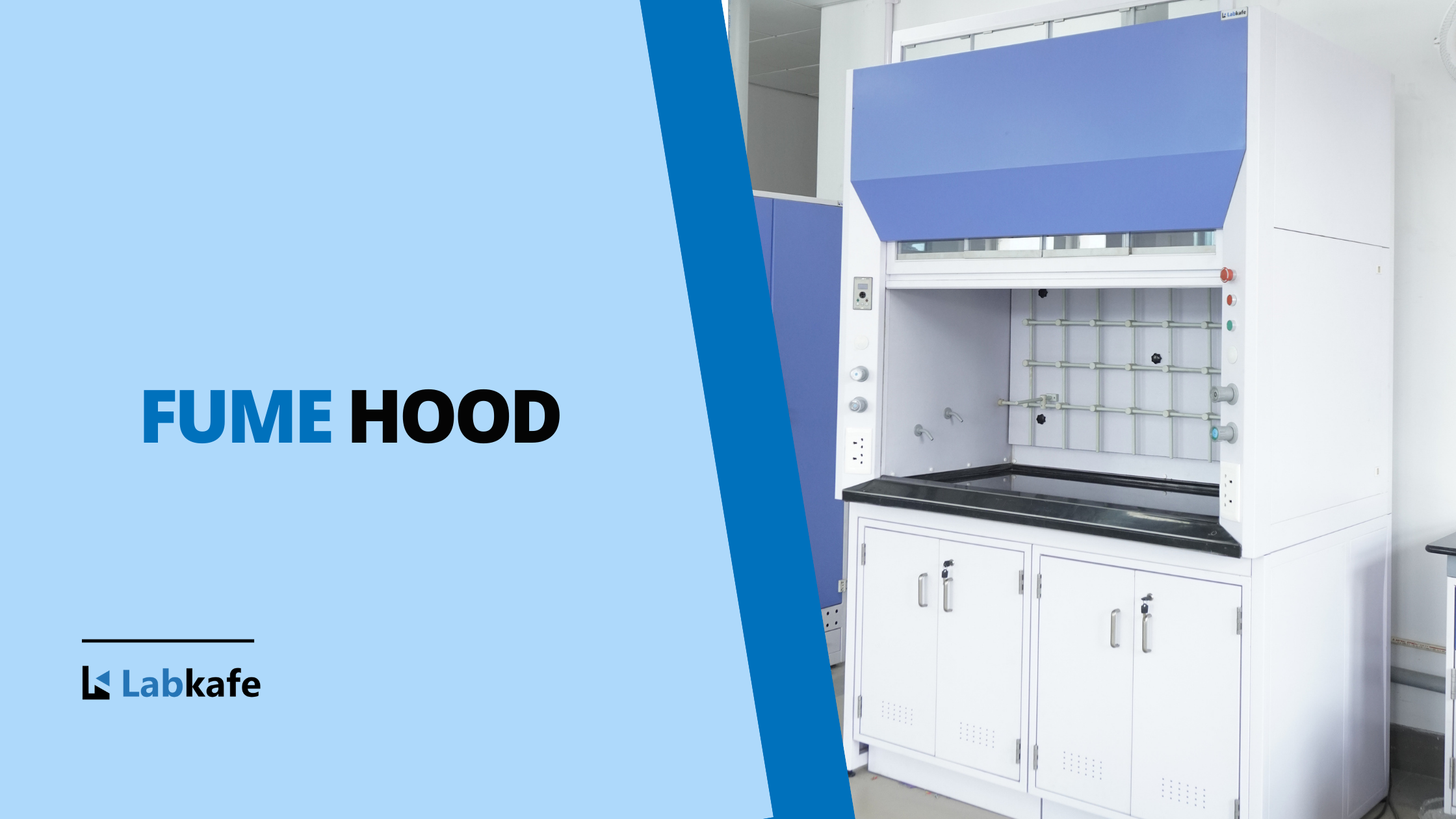
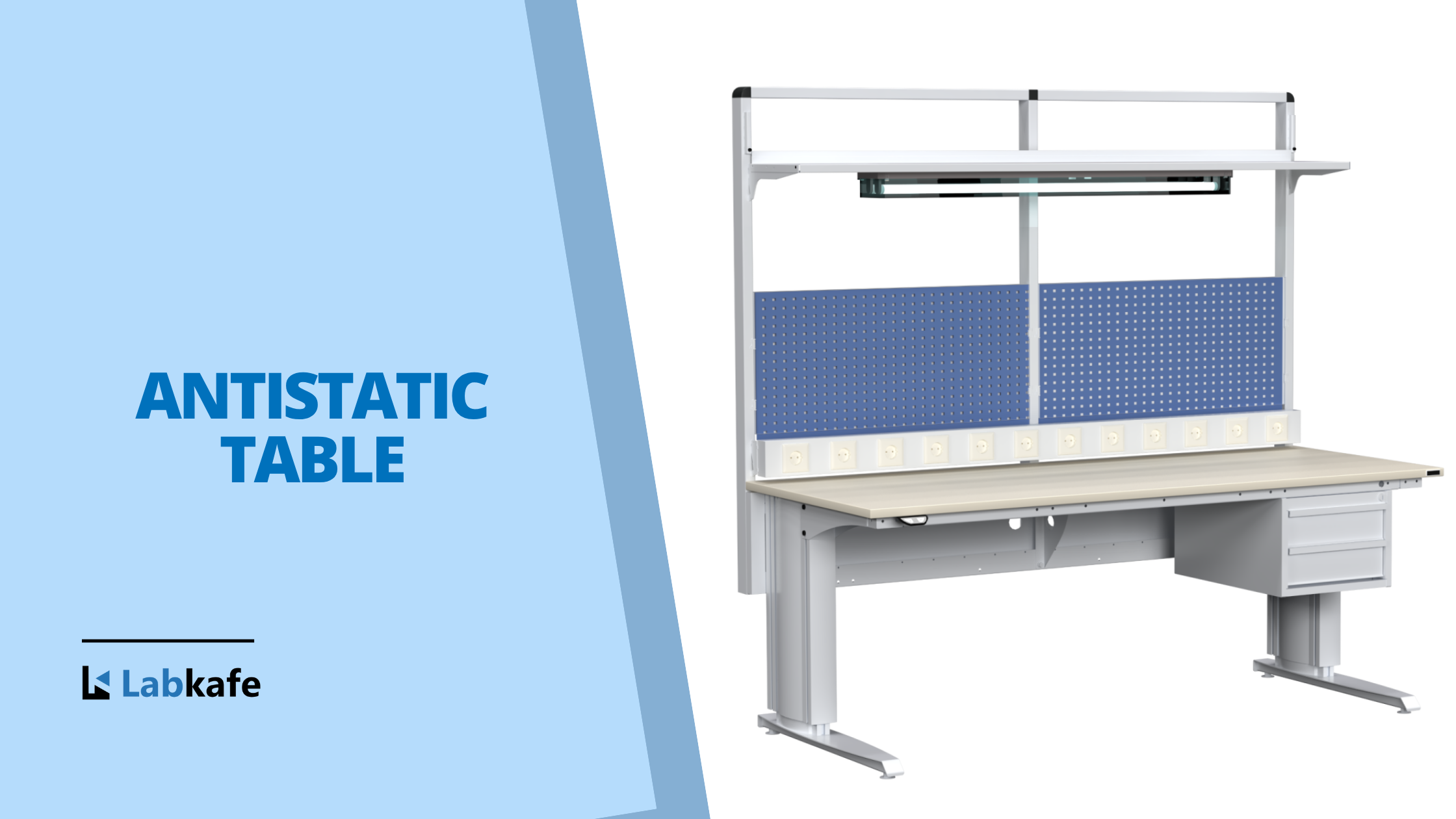
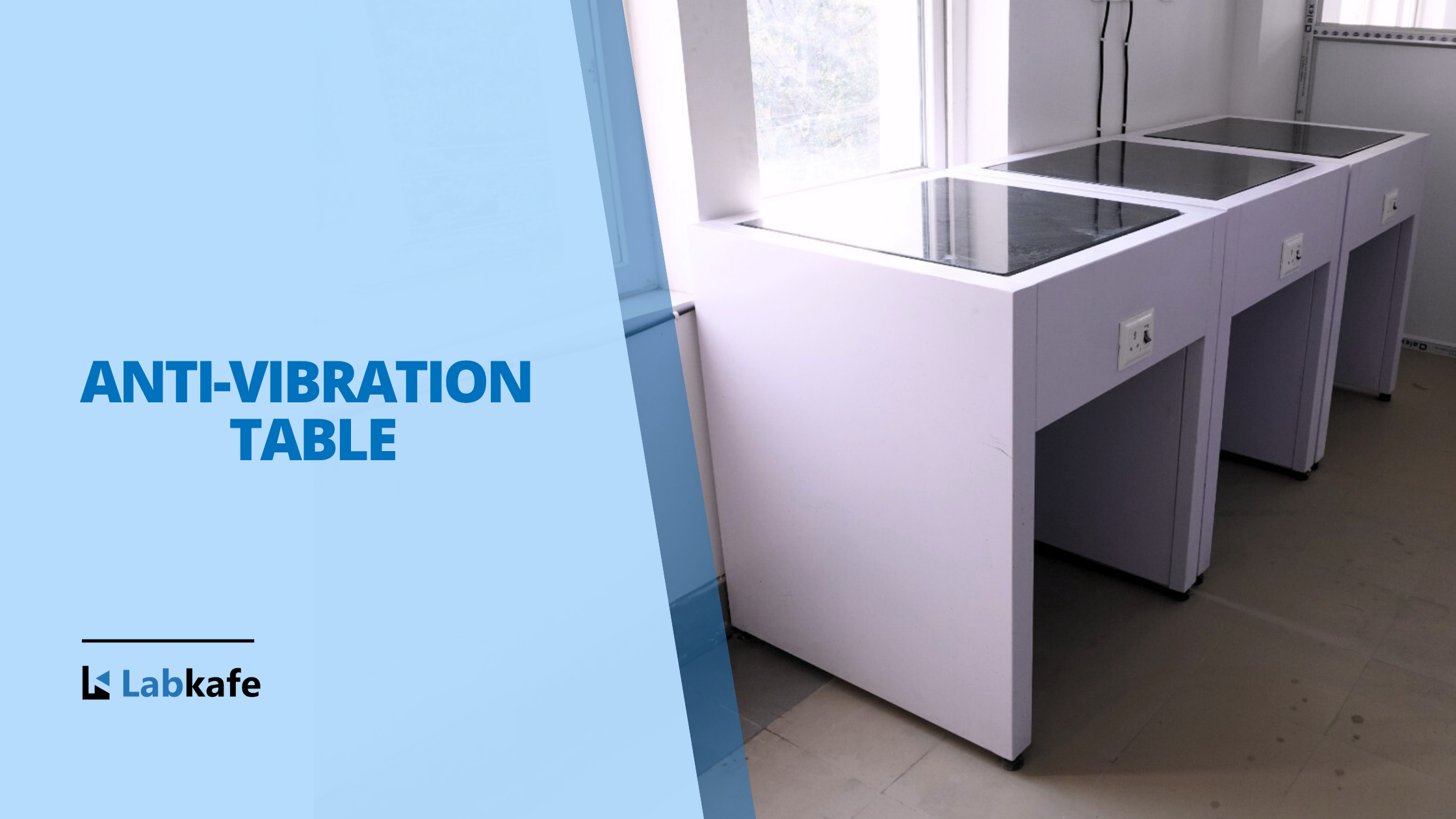
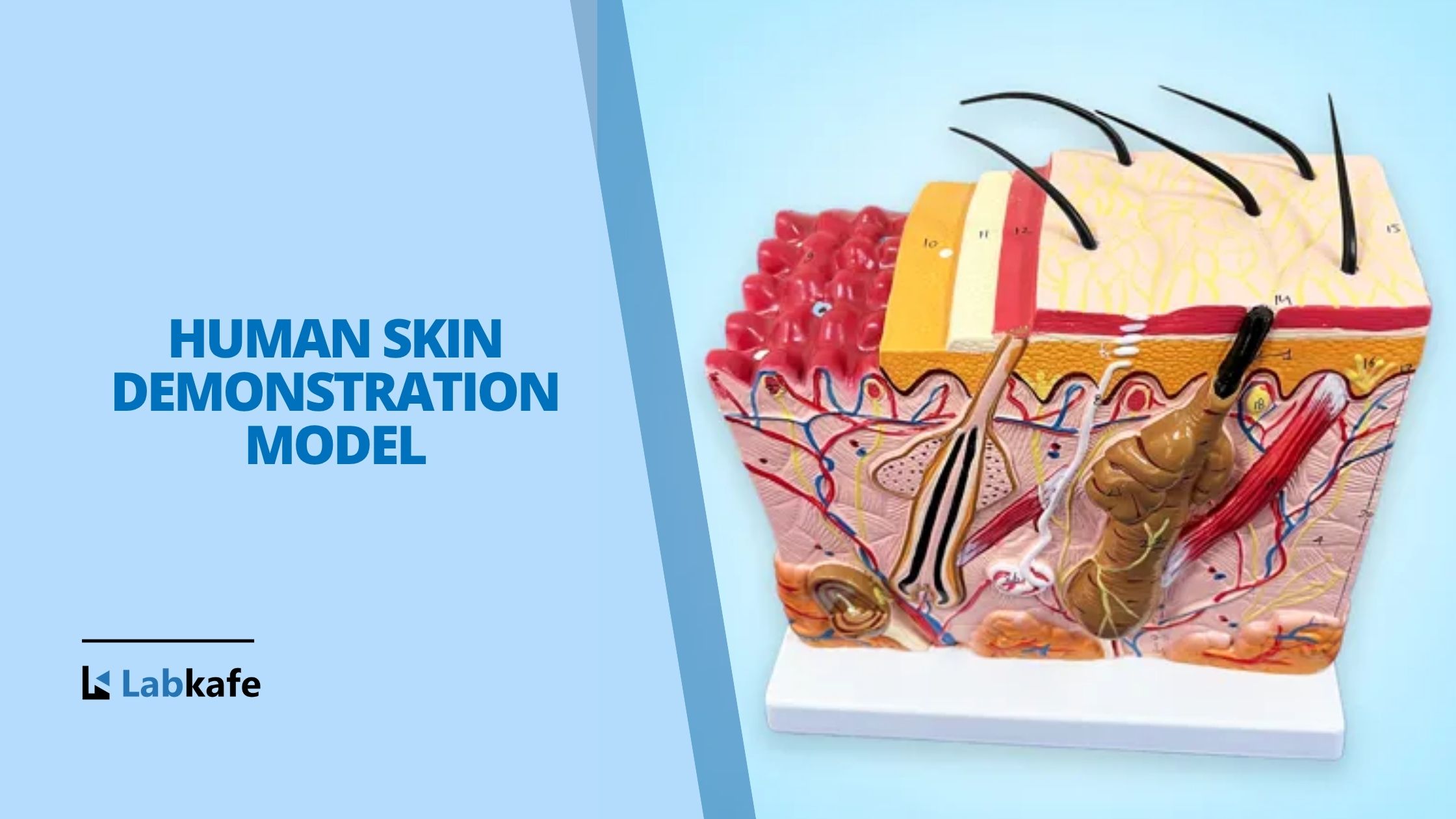








Leave a Reply